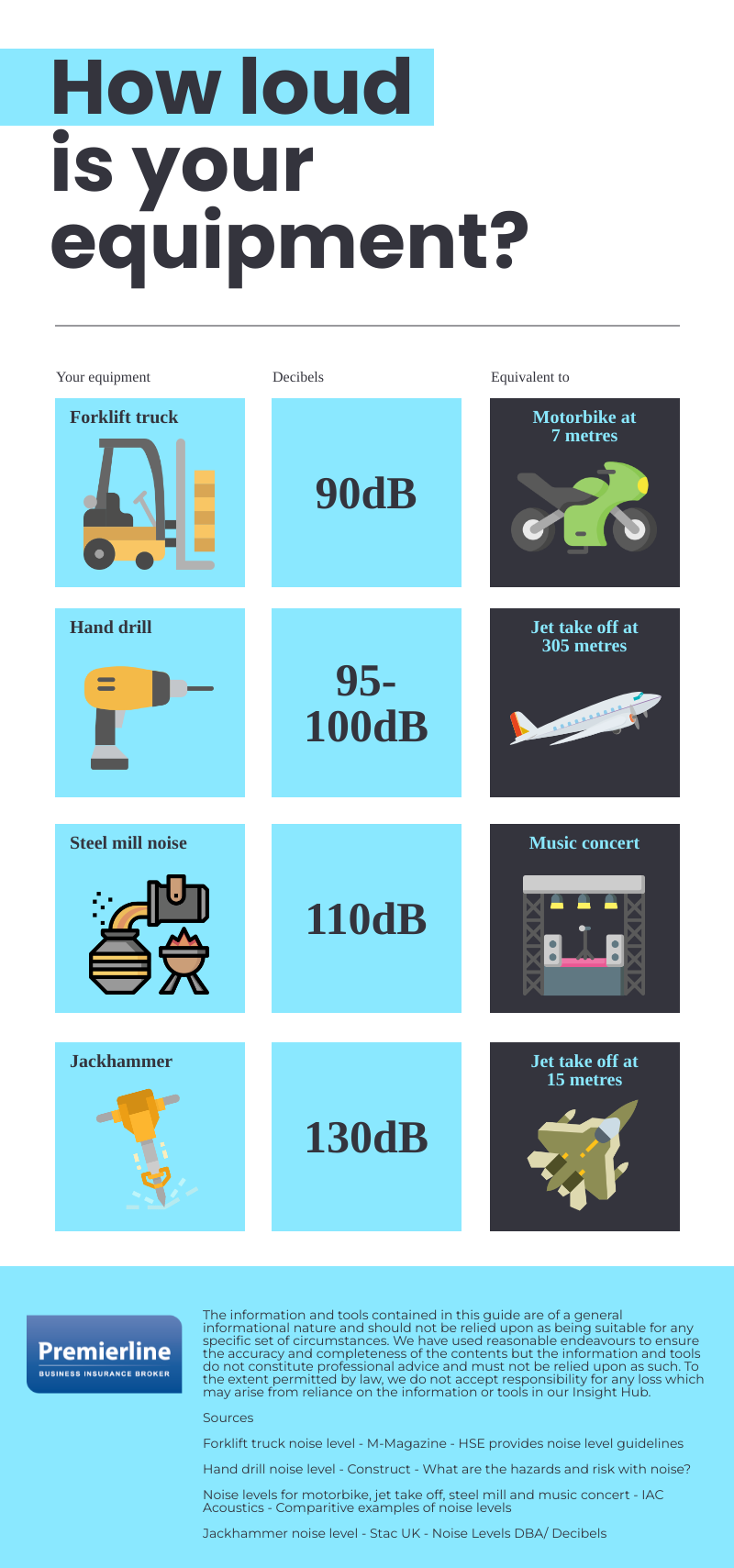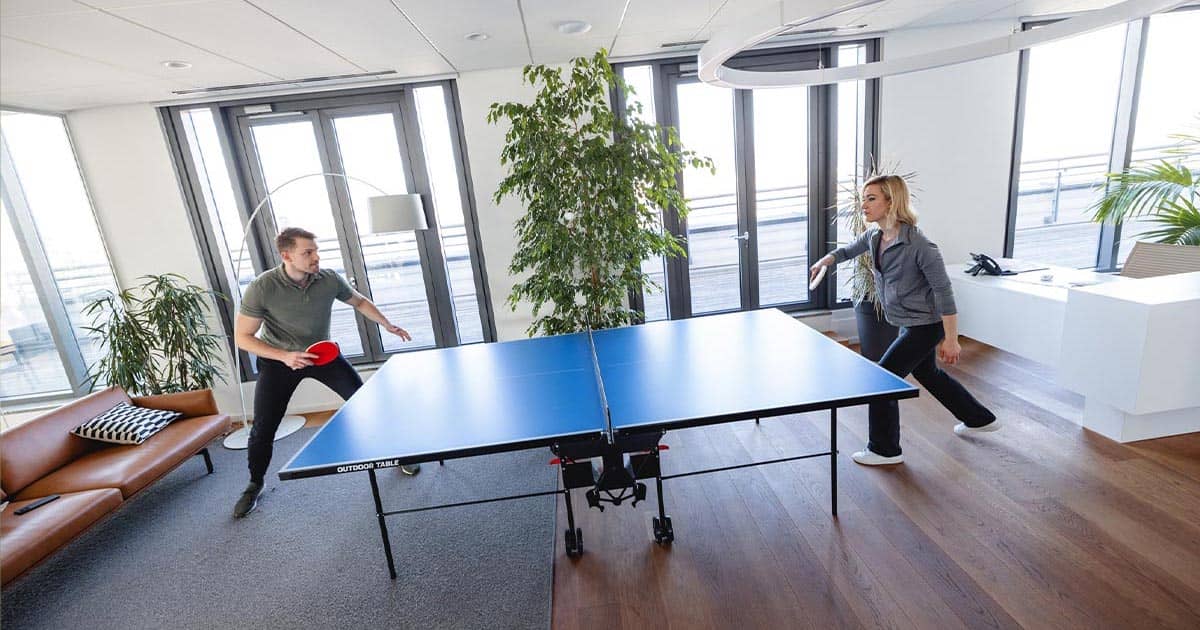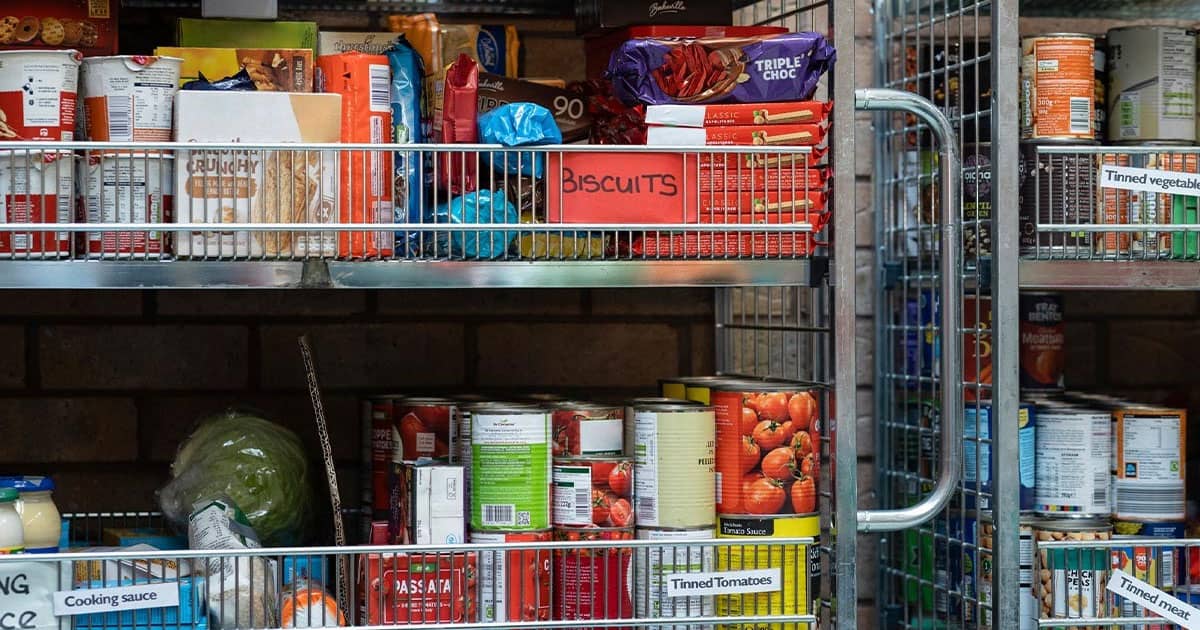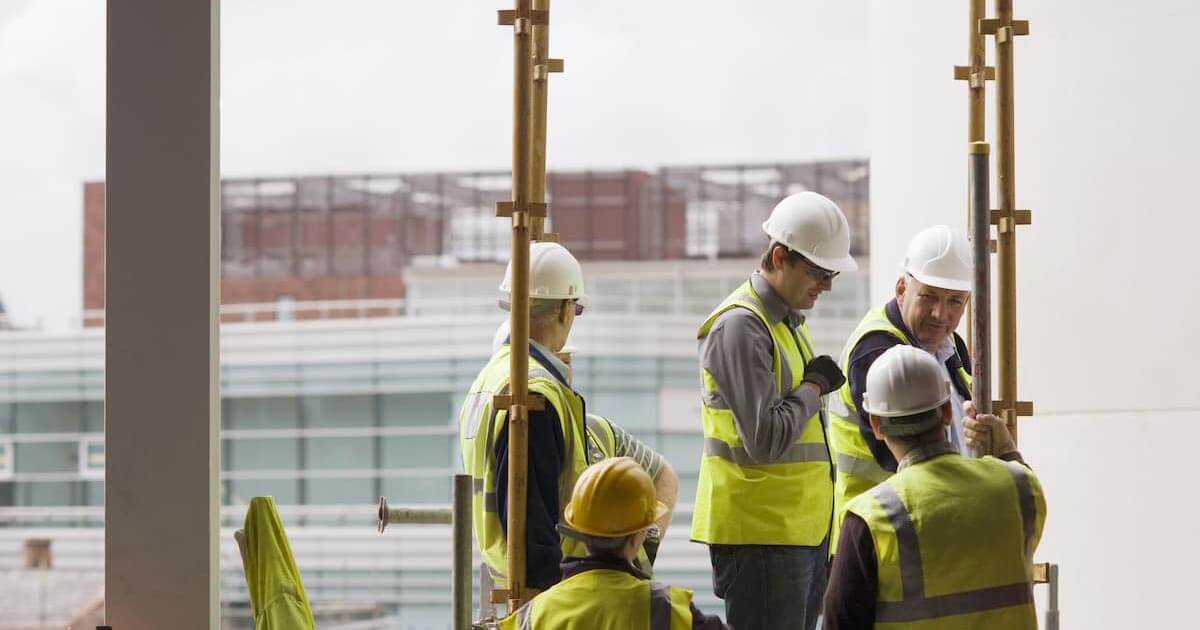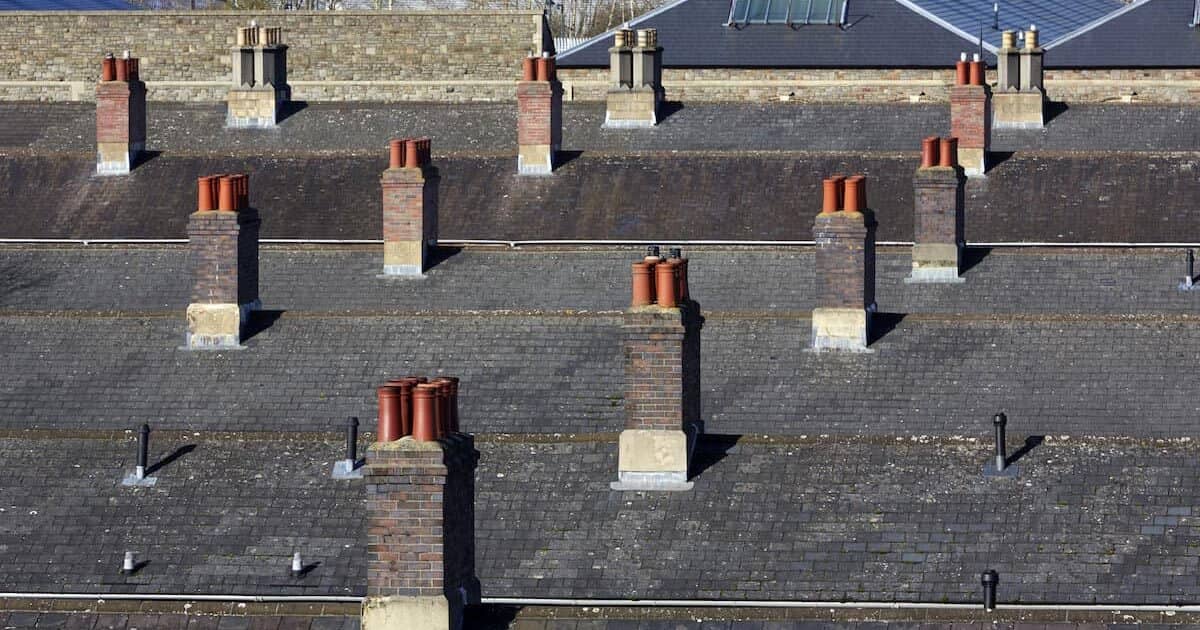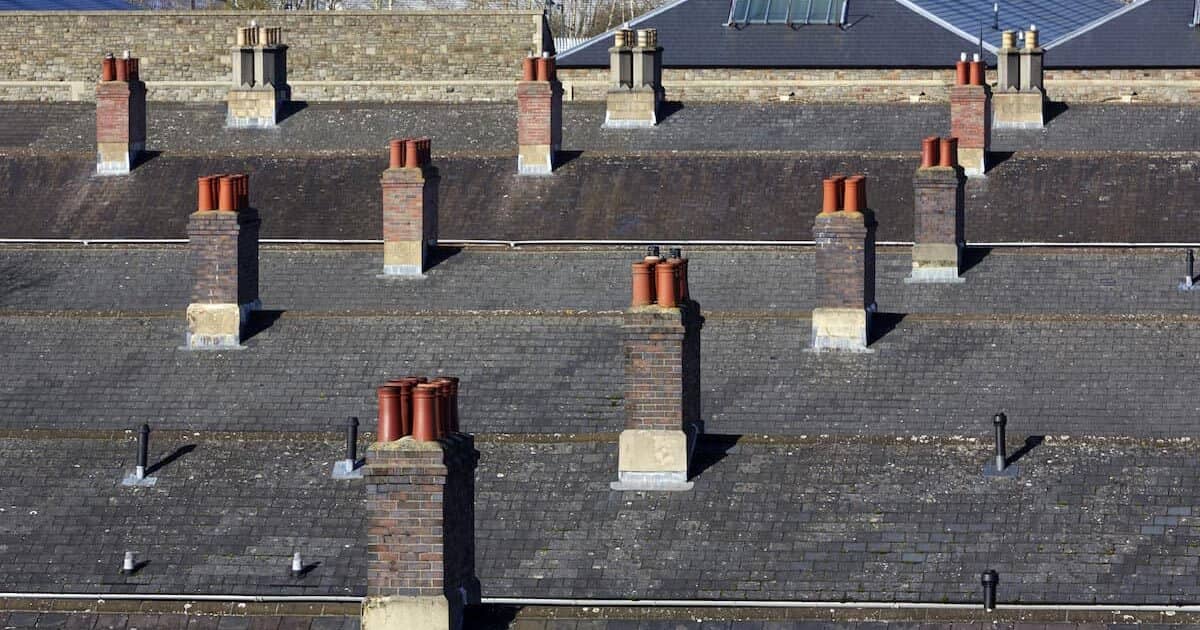Construction sites, manufacturing plants and warehouses are all very loud places to work in, with many workers in these environments for most of the day. Machinery, plant and engines all produce levels of noise that can be damaging to unprotected ears if exposed for too long, which can eventually lead to hearing impairment or loss. This is also known as industrial deafness.
It was estimated that between 2013 and 2014, there were 80,000 cases of industrial deafness claims filed, leading some insurers to refer to the injury as “the new whiplash”. Like whiplash, claims for hearing loss were often taken advantage of by claims management companies, and unfortunately, 90% of industrial deafness claims were rejected, according to the Financial Times. If your team works around loud equipment, you are responsible as a business owner, to ensure the safety of the staff who are on-site, including their hearing. By following this guidance, you can protect both your team and your business.


